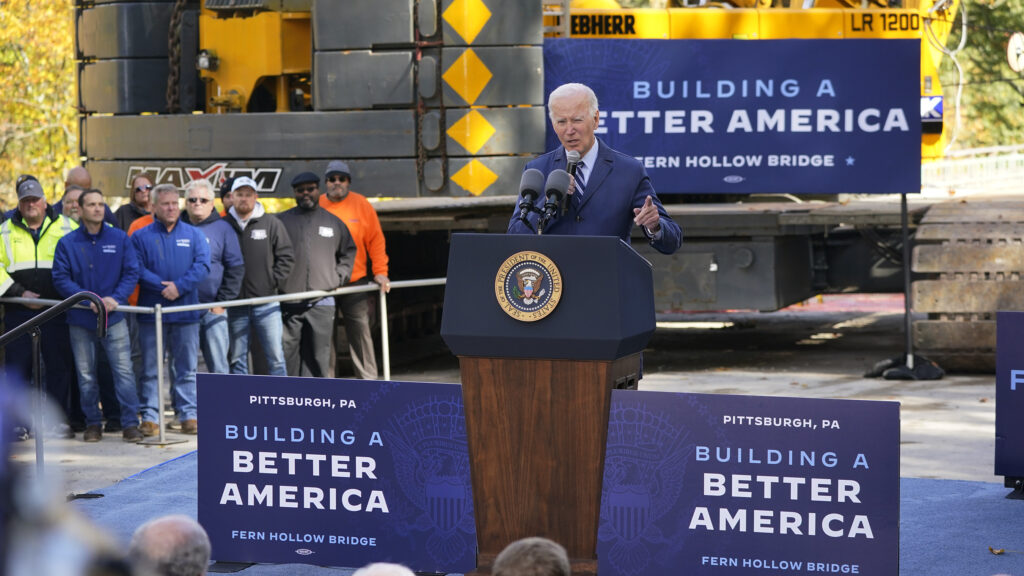
This article was originally posted on Edwin’s Substack newsletter on Aug. 19.
Democrats and Republicans differ on the economy. Those differences not only impact the way the economy performs, but also the way ordinary Americans experience our economy.
Consider two confusing numbers. One is the national debt, often confused with the deficit. The other is the GINI coefficient, which measures income inequality.
The debt, which now stands at $32.6 trillion, is about 120% of the country’s GDP. This is the amount of money the federal government owes to its creditors. This is only federal debt — the tab run up by states and individual Americans is something different.
The national debt grew so large because we consistently run deficits. Deficits are the annual shortfall that occurs when the government spends more than it takes in. Currently, that’s about $1.38 trillion, or about 5.4% of the GDP. That level of deficit might be sustainable. We have certainly been there before. What’s different this time is that we are in a period of economic growth. In the past, we have used strong economies to pay down our debts so that we have room to borrow again should things turn bad.
Shrinking the deficit is important, but it is not the same as paying the debt. It just means that the debt gets bigger more slowly. To pay down debt we would need a surplus, and the last time we had one of those, Bill Clinton was president.
There are smart economists who say we needn’t worry about deficits. And there are smart economists who are very worried. The best I can do is to say this isn’t a problem until it becomes an enormous problem, and no one knows when that will happen.
What turned that surplus into consistent deficits? First, there was the bursting of the tech bubble in the late 1990s. Then, there was 9/11, followed by vast and costly wars and an expensive new global security infrastructure (just think of what happened at airports.) Then, a housing bubble burst in 2008 leading the Great Recession. And throughout it all, in order to protect the wealthiest from sharing in any of the pain these events caused the rest of us, there were large and repeated tax cuts.
As a consequence of this and other factors, American income inequality has increased. The most common measure of income inequality is something called the GINI coefficient. Like the debt, it has grown every year. To be clear, income inequality is not the same as wealth inequality. It does not measure ownership, so it misses much of the real difference between the wealthiest and the rest of us.
Since Joe Biden was elected, the American economy has turned around. GDP grow was 5.7% in 2021, the highest annual growth since 1984. In the first quarter of this year, growth slowed as the Federal Reserve raised rates to fight inflation, but it is still higher than most economists expected. Meanwhile, unemployment fell to its lowest level in 50 years, as the country created more than 13 million new jobs. Unlike other recent upturns in the economy, this one includes wage growth. Average hourly earnings have risen 5.2% through May of this year. That’s the fastest wage growth in 20 years.
Much of this is due to legislation passed by a Democratic Congress and signed by President Biden. The American Rescue Plan jumpstarted the economy and brought us out of the pandemic. The Infrastructure and Jobs Act kicked off the biggest growth in buildings trade employment in decades and will make the entire economy more efficient by expanding broadband and upgrading infrastructure. The Inflation Reduction Act unleashed vast private capital investments in green technology and jobs, just as the Chips and Science Act did for high-tech manufacturing.
Because of the work of this administration, the deficit is coming down and the GINI coefficient is growing at a slower rate. When Republicans were in charge, all we got were tax cuts for the wealthiest among us, protecting them from the pain the rest of the country experienced.
Now, we have a chance to build on these dramatic improvements. We can move from slowing the growth of the deficit and income inequality to shrinking both the income gap and the national debt. How? By continuing expanding policies to invest in America and by letting ill-advised Trump tax cuts to expire in 2025.
Let’s make sure we have a Congress and the president who have the courage to let that happen.
Edwin Eisendrath hosts “The Big Picture” on WCPT 820 AM every Saturday at 1 p.m. CST. You can follow him on Twitter @eisendrath.
